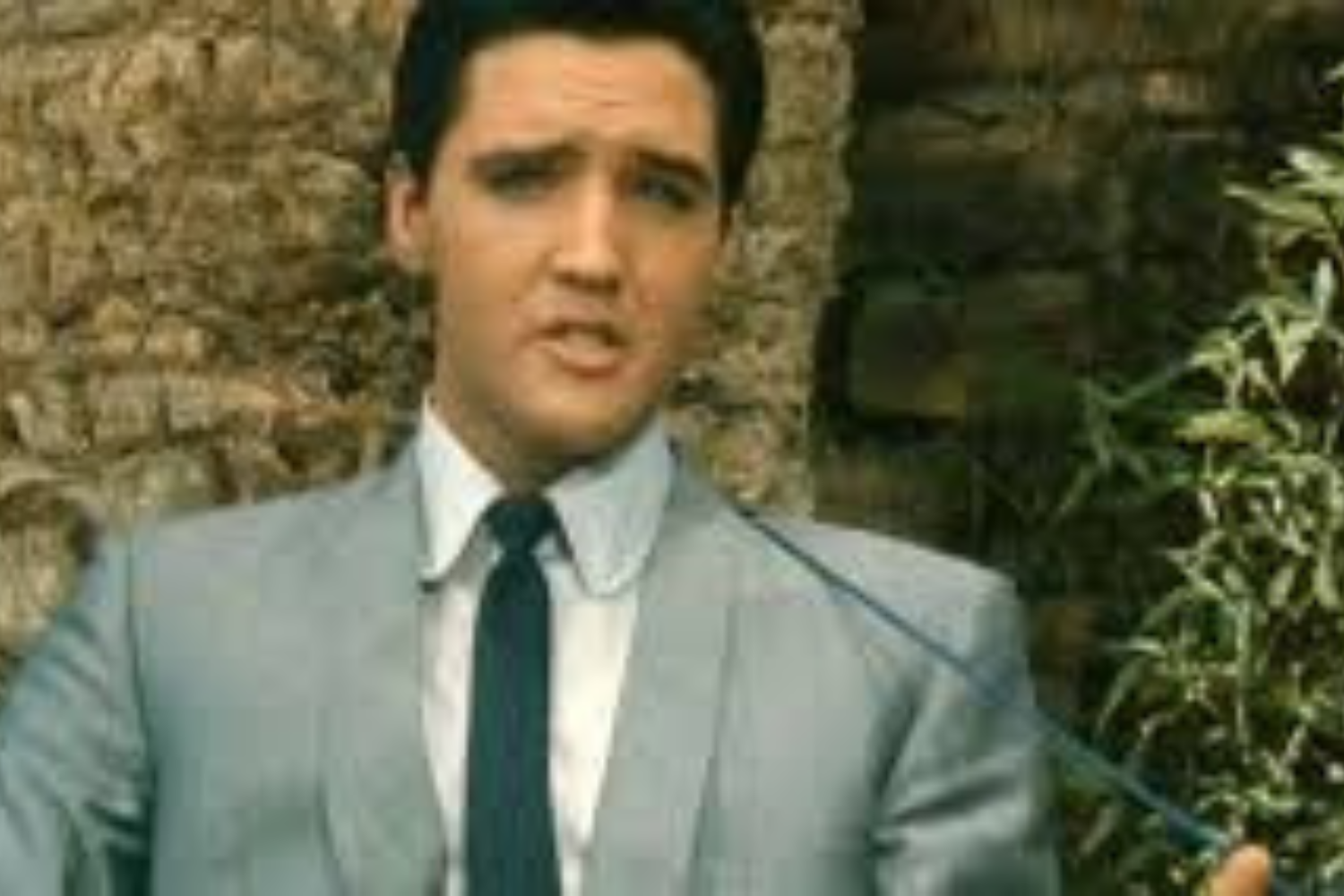Initially, one may perceive little similarities between Elvis and Green Day. Upon closer examination, two of these musical groups’ most significant singles share a common thread of inspiration. Despite the decades separating each track’s release, their interconnection demonstrates that music—and, more broadly, the human experience—remains largely consistent. When transcending the minutiae and delving into the essence of music, we find that we have been articulating the same themes for centuries: sadness, solitude, and shattered aspirations.
The Despondent Individual Behind Heartbreak Hotel
Elvis’ 1956 song “Heartbreak Hotel” was a seminal success for his career and a profound inspiration to several rockstars who followed. Songwriters Mae Boren Axton and Tommy Durden attributed the inspiration for their song to a man’s suicide note, which was published in a local newspaper and stated, “I walk a lonely street.” Axton stated to the Evening News in 1956, “Consider the anguish he departed with.” “Let us establish a heartbreak hotel at the terminus of that desolate street.”
The individual who originated the metaphor of his life as a solitary stroll down a deserted street did not take his own life. A store clerk fatally shot him during the man’s attempted robbery. The so-called “suicide note” was, in fact, a passage from his unpublished memoirs, stating, “If you stand on a corner with a pack of cigarettes or a bottle and have no purpose in life, I recommend you sit down and reflect.” This narrative recounts the experience of an individual traversing a desolate street,” according to Rolling Stone.
The unidentified, despondent individual was Alvin Krolik, an artist and playwright who surrendered to the Chicago police following a string of armed robberies in the vicinity. The unexpected nature of his confession and his eloquent expressions garnered national attention. Axton and Durden received these headlines and used creative freedom to compose “Heartbreak Hotel.” Let us pause: “I traverse a solitary street.” Does this evoke any memories?
The Relationship Between Green Day and Elvis Presley
The first verses of Green Day’s iconic song “Boulevard of Broken Dreams” may utilize varied verbiage, although the feeling persists unchanged. I traverse a solitary path, the sole one I have ever encountered. Subsequently, the song progresses, I traverse this desolate avenue on the Boulevard of Broken Dreams. Although not an exact replication, it sufficiently captures the essence of Elvis’ 1956 smash single.
The inspiration for Billie Joe Armstrong’s 2004 song reveals an even more striking relationship between Green Day and Elvis. In a 2005 episode of VH1’s Storytellers, Armstrong disclosed that he took the title of the Green Day single from a painting by Gottfried Helnwein by the same name. In the artwork, Helnwein draws inspiration from Edward Hopper’s 1942 piece “Nighthawks.” Rather than depicting anonymous diners and a waitress, Helnwein portrayed American icons James Dean, Humphrey Bogart, Marilyn Monroe, and, as anticipated, Elvis.
It is uncertain whether Armstrong deliberately contemplated Elvis’ “Heartbreak Hotel” while composing Green Day’s “Boulevard of Broken Dreams.” The prevalent themes and sources of inspiration underscore that our connections with one another and with music are more enduring than the passage of time suggests. When Armstrong sings, “Don’t know where it goes, but it’s only me, and I walk alone,” one can readily envision him heading directly into the Heartbreak Hotel referenced by Mae Boren Axton nearly 50 years prior.
